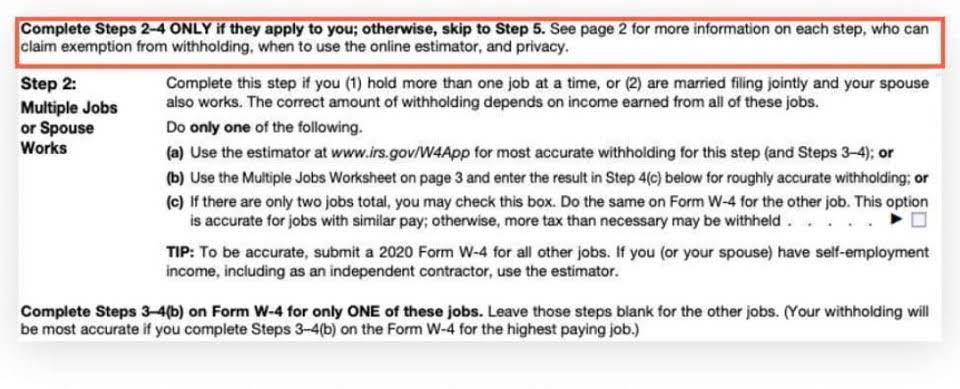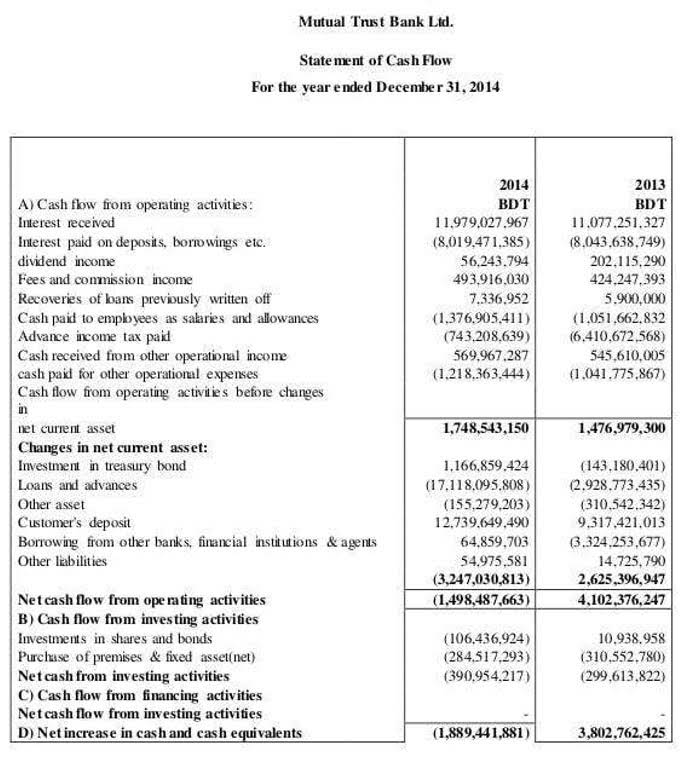Fast Delivery on All Products All Over Pakistan.

Understanding how revenue transactions and expense transactions impact these accounts further aids in maintaining a balanced equation. Equity represents the owner’s claim on the company’s assets after all liabilities have been paid off. Shareholder equity can be broken down into paid-in capital—contributed by original stockholders—and retained earnings. The shareholders’ equity number is derived by subtracting total liabilities from total assets, ensuring the balance sheet accurately reflects the company’s financial state.

The accounting equation ensures that a company’s financial https://www.si-mac.it/recording-business-transactions-accounting-study/ statements are accurate and balanced. It provides the fundamental framework for double-entry bookkeeping, reflecting how assets are funded by liabilities or equity. This equation helps maintain clarity and reliability in a company’s financial reporting.
The shareholders’ equity number is a company’s total assets minus its total liabilities. It can be defined as the total number of dollars that a company would have left if it liquidated all its assets and paid off the accounting equation can be stated as all of its liabilities. The accounting equation ensures that a company’s financial records remain balanced and accurate, forming the foundation of double-entry accounting. It helps maintain consistency and transparency in financial reporting. Every business transaction will be represented in at least two of its accounts if a company is keeping accurate accounts.

Assets show what a company owns, liabilities indicate what it owes, and equity reveals the owner’s stake. Grasping these concepts helps in analyzing balance sheets and making informed financial decisions. The accounting equation mirrors the structure of the balance sheet, with assets listed on one side and liabilities and equity on the other. This alignment ensures the balance sheet always reflects a company’s financial position accurately. If the accounting equation is unbalanced, debits don’t equal credits in the trial balance, and any financial statements generated would be unreliable and inaccurate.


Learn more about the benefits of accounts payable automation software with integration to your ERP system. Here’s a screenshot of Alphabet Inc.’s Consolidated Balance Sheets from its 10-K annual report filing with the SEC for the year ended December 31, 2021. As our example, we compute the accounting equation from the company’s balance sheet as of December 31, 2021. Accounting software is a double-entry accounting system that automatically generates the trial balance. The trial balance includes columns with total debit and total balance sheet credit transactions at the bottom of the report. The accounting equation helps to assess whether business transactions carried out by the company are being accurately reflected in its books and accounts.
Depo 25 bonus 25 bebas IP atau depo 30 bonus 30 bebas IP bisa kamu manfaatkan untuk mendapatkan roll secara masif dan mengambil peluang scatter.
Penting bagi kita sebagai pemain untuk memahami perbedaan antara mitos dan fakta tentang situs slot gacor terbaik. Meskipun ada mitos yang mengklaim bahwa ada strategi
Beberapa bahkan mencatat hasil bermain mereka setiap hari untuk menemukan pola pribadi yang cocok. Game-game yang disebutkan di atas terus mendominasi pasar di tahun 2025
Les licences à vérifier pour choisir un casino en ligne fiable en France Lorsque vous choisissez un casino en ligne, l’une des premières choses à
100% Original product that covered warranty by the vendor.
You have the right to return or exchange your order.
Feel free to get in touch with our team.
Your payments are secure with our private security network.

Need Info?